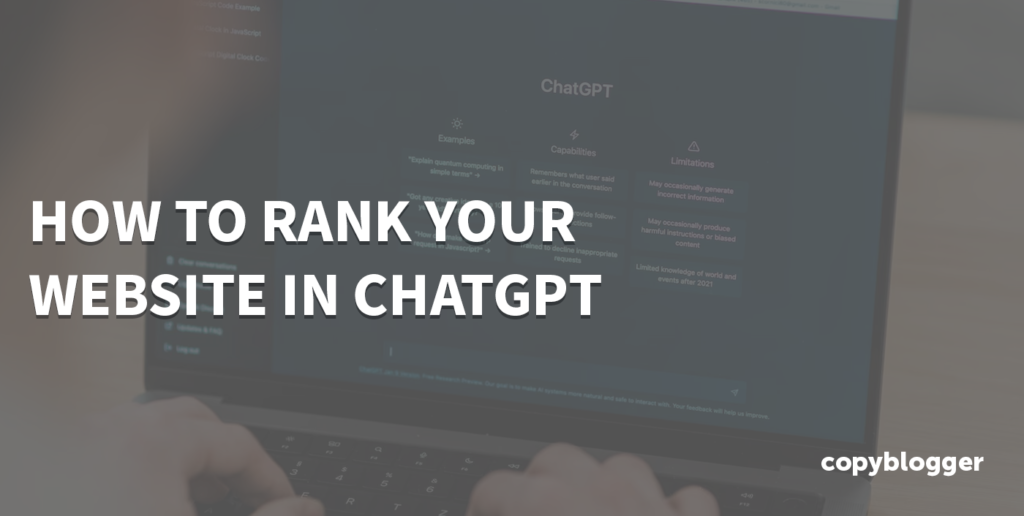As businesses increasingly migrate their infrastructure to the cloud, ensuring robust security measures is paramount to safeguarding sensitive data and applications. Cloud giants like Azure and AWS offer a myriad of tools and services to fortify your infrastructure against cyber threats.
This blog explores essential security considerations for Azure and AWS infrastructure in cloud services. As most businesses already operate in the cloud or plan to do so soon, this information will enable you to build a resilient cloud environment.
Azure: Securing Your Cloud Assets
Here are some of Azure’s best practices that can help you secure your cloud assets.
Azure Security Center
Azure Security Center, a security management tool, provides unified security management and advanced threat protection across hybrid cloud workloads. Businesses using Azure Cloud should leverage its capabilities to monitor security posture, detect threats, and automate responses to security incidents.
Azure Role-Based Access Control (RBAC)
You should implement granular access controls using Azure RBAC to restrict permissions and limit exposure to critical resources. Moreover, it’s best to assign roles based on job functions and enforce the principle of least privilege to minimize the risk of unauthorized access.
Azure Key Vault
Azure Key Vault enables secure storage and management of cryptographic keys, secrets, and certificates. It safeguards sensitive information such as passwords, API keys, and connection strings by centrally managing and rotating access credentials.
Network Security Groups (NSGs)
Azure NSGs allow you to filter network traffic to and from Azure resources. You can use these network security groups to define inbound and outbound security rules to restrict communication-based on IP addresses, ports, and protocols, bolstering your network perimeter defenses.
AWS: Strengthening Your Cloud Defenses
AWS Identity and Access Management (IAM)
This cloud infrastructure enables you to manage user access and permissions for AWS services and resources. Implement IAM policies to enforce least privilege access, enable multi-factor authentication (MFA), and monitor user activity to enhance security posture.
Amazon GuardDuty
Amazon GuardDuty is a threat detection service that continuously monitors your AWS environment for malicious activity and unauthorized behavior. Leverage its machine learning algorithms and threat intelligence to detect and respond to security threats in real time.
AWS Key Management Service (KMS)
AWS KMS allows you to create and control encryption keys used to encrypt data at rest and in transit. Integrate KMS with AWS services and enforce encryption best practices to protect sensitive data from unauthorized access and disclosure.
AWS CloudTrail
AWS CloudTrail provides a comprehensive audit trail of API calls and activity within your AWS account. Enable CloudTrail logging, analyze logs for security events, and configure alerts to detect anomalous behavior and potential security incidents.
Best Practices for Cloud Security
You should incorporate the following cloud security best practices to ensure a robust defense against the threats your cloud environment faces.
- Data Encryption
Encrypt data at rest and in transit using industry-standard encryption algorithms and protocols. Implement encryption mechanisms provided by cloud services or leverage third-party encryption solutions for enhanced security. - Continuous Monitoring & Logging
Establish robust monitoring and logging mechanisms to track changes, detect anomalies, and investigate security incidents. Utilize cloud-native monitoring tools and integrate with SIEM (Security Information and Event Management) systems for centralized visibility and analysis. - Compliance & Governance
Adhere to regulatory compliance requirements and industry standards relevant to your business vertical. Implement governance frameworks, conduct regular audits, and maintain documentation to demonstrate compliance with security standards and regulations. - Security Awareness and Training
Promote a culture of security awareness among employees and stakeholders. Provide comprehensive training on cloud security best practices, phishing awareness, and incident response procedures to mitigate human-related risks.
Conclusion
Securing your cloud infrastructure on Azure and AWS requires a multifaceted approach encompassing proactive measures, robust controls, and continuous monitoring. Companies using these services should leverage the native security features and services offered by Azure and AWS and adhere to best practices for cloud security.
Whether you’re embarking on a cloud migration journey or enhancing your existing cloud environment, investing in a managed cloud services provider can be crucial to safeguarding your digital assets and maintaining trust with your customers.
Xavor is a leading cloud services provider that helps clients manage and set up their cloud environments. Contact us today at [email protected] to book a free consultation with our Cloud team.
Source link



